Novogen: ‘Year of the big turnaround’
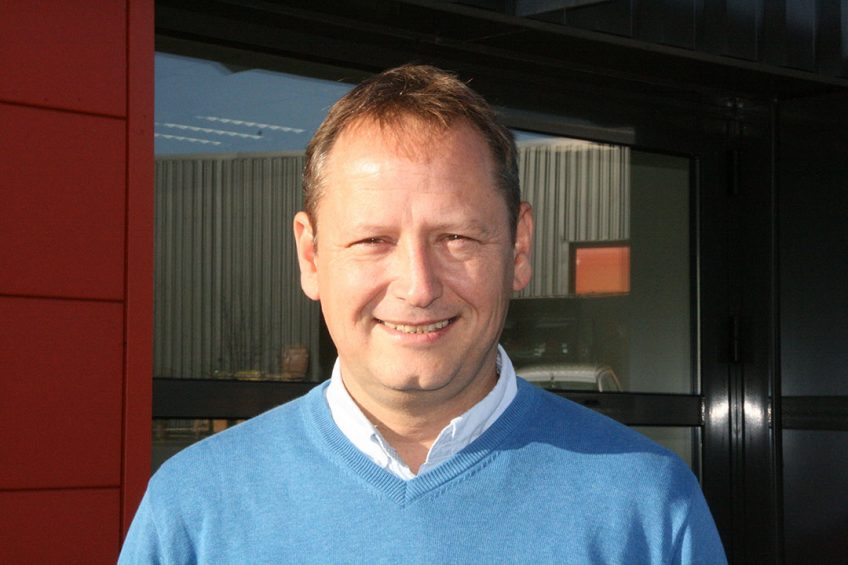
Novogen celebrated its 10 year anniversary, looking back at a decade of uphill struggles in the layer breeder market. Festivities were kept modest but very positive and full of ambition, as with the sale of Hubbard, 2018 posed challenges. Managing director Mickaël Le Helloco looks back with Poultry World: “This was the year of the big turnaround, repositioning Novogen for a bright future.”
In 2018 Novogen probably faced one of its most unexpected and exciting challenges yet, not in the field of animal genetics, but organisational. From the start of the company within Groupe Grimaud a decade ago, the layer business could benefit greatly from the network and organisation of Hubbard. Mr Le Helloco: “This year we had to learn to fly on our own and rebuild our commercial network. Just a simple issue was that we were in the same building, that says something about how close we were. Disconnecting wasn’t easy but we now feel stronger with our own organisation henceforth.”
What was the effect on your business?
“I have to be honest, our 2 main competitors have always been worried to see a third actor emerge and shake up their duopoly and they tried to destabilise us from the very beginning in 2008. With the internal reorganisation, this year was too good an opportunity for them to question Novogen’s persistence with customers, since from the product point of view, we are generally a head of the competition. We had to talk a lot with our customers and prove to them our long-term commitment.
From mid-2018 onwards we had our teams in place, in the field, and I already see a positive market reaction from that. Thanks to Groupe Grimaud’s recent investments to meet our ambitious, we are showing that we are out there and the prospective looks really good.”
Can you explain how you built your business the last decade?
“When we started at Novogen in 2008, a lot of work had already been done. Groupe Grimaud was in the fortunate position to be able to buy a gene pool in 1997. That was the real start of our business. In the year that followed an extensive breeding programme was established, which resulted in 4 lines of competitive layers. With the world being dominated by 2 large breeding companies, people often thought we were crazy to start a new company. However, there hasn’t been one moment in which I thought we made the wrong choice. We always said that too much consolidations isn’t a healthy situation, however, it needs a brave individual to step into the presumed empty space.”
With the world divided into 2, how did you convince potential customers?
“At the start we only had data of test flocks and the product itself to make the difference. Some people didn’t believe we would make it as a company, but there were also people who wanted to have an alternative choice and/or stay independent. As a third player in the world, we could cater to that. At the same time that gave us the opportunity to get more and more real life production and performance data.”
I presume the performance was solid, as you are still in business ten years later?
“By just offering a mediocre alternative, you will not be able to develop in this worldwide market. Everyone wants competition, but they also want quality and security. By proposing competitive products, you have a market potential of 20-25%. That is what we are building on now. With the global trend going from cage to alternative housing systems, our product is becoming a reference product.”
And what does convince customers?
“We are always happy to explain and discuss our way of doing things with customers, for example we are very open in showing and explaining our innovative breeding programme. We have been able to demonstrate that our birds are the best in different climates, circumstances and system of production. For a better selection on behaviour, from 2008 onwards we select in groups (first in cage and now both in cage and floor) instead of in individual cages and do sib-testing under real life conditions. And we listen to what our customers want, because that is the only thing that really matters.”
What was the biggest challenge in the last year?
“Hubbard wasn’t sold out of luxury. Frederic Grimaud tried to find the best solution in a situation of turbulence. Hubbard was located in France, Poland, US and Brazil and struggled with export restrictions due to Avian Influenza. After the sale of Hubbard, Novogen had to create its own subsidiaries in the US and Brazil. We now have 3 production centres, ensuring our position as a truly global player. It totally fits our philosophy outlined years ago; going global is the only way a genetics company can thrive.”
What lies ahead for Novogen?
Moving forward genetic improvement will remain key, but human relationships are at least as important. In our 5 year business plan called ‘Project 2022’ customers are at the centre. We want to be as close as possible to our customers as there is a close relationship between the user of our genetics and the final product we deliver. On the other hand, if you are not close to the market, you will miss the customers’ demands. We did a great job to get a market position and quality in the last 10 years, we are confident we can build upon this solid basis. A lot has been achieved in the past decade, but there is still a lot to do!”
What does that mean for the all-important genetics component?
As with any layer breeding programme, we see a constant genetic improvement on production traits (persistency, egg quality, feed efficiency…). But, as you know, there are many other traits that are important in order to answer our customers’ requests: behaviour, environment adaptability… Our cage free system programme allows us to select new traits at time of lay, time inside the nest, preventing floor eggs… Also we are taking into consideration correlations between those new traits and performances at the end of laying cycle (persistency and egg quality). On the other hand, the use of genomic accelerates our annual genetic progress by reducing generation interval and increasing selection intensity.
In genetics you are never finished, there will always be a ‘next level’ of improvement, but we are proud we are proposing a competitive and performant product in many fields and we are a real reference in alternative housing systems. A trend that is going strong in many areas.”
 Beheer
Beheer

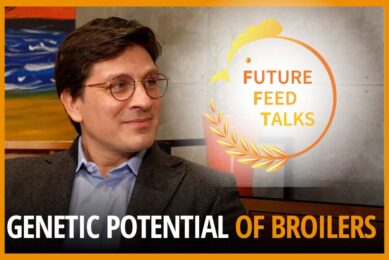
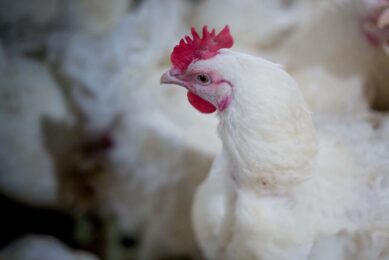
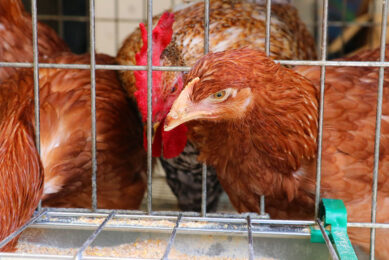
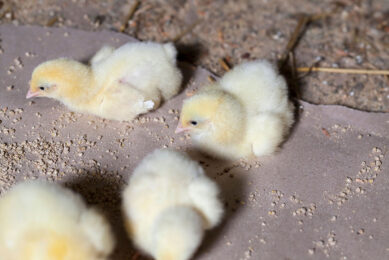



 WP Admin
WP Admin  Bewerk bericht
Bewerk bericht